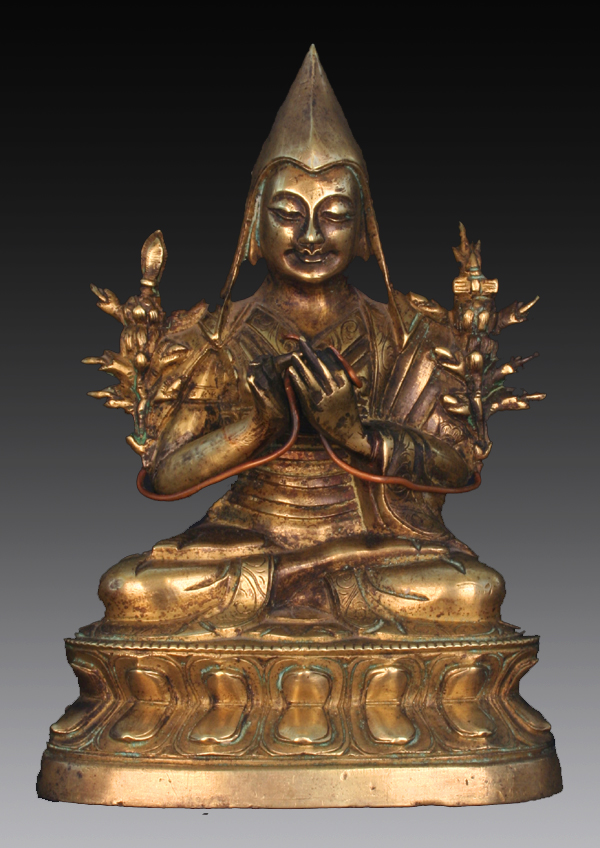
The chart offering an overview of the course has been revised to include a “Conclusion” lesson that offers the next steps on the path beyond what is included in the Lam Rim. I also realized that we needed to include the Buddha Master’s Dharma of Cultivation in several additional lessons. I am sure there will be other refinements as I develop the homework assignments. If you want to take this course, you can start by reading the Lam Rim texts mentioned below and listening to the videos and reading the texts by H.H. Dorje Chang Buddha also listed on the chart below. You may also want to read the Bhavanakramas (Stages of Meditation) and review the related charts on this blog. CLICK for links to enroll in course and register for the ZOOM sessions.
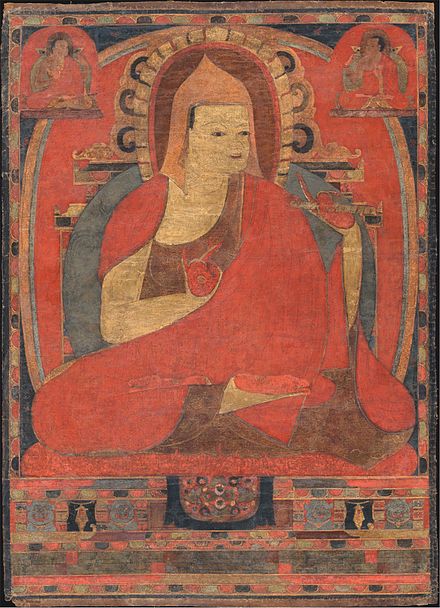
This new course will compare certain teachings by H.H. Dorje Chang Buddha III to the ancient Lam Rim Chen Mo by Je Tsongkhapa. The Lam Rim Chen Mo is one of the classic commentaries that the Buddha Master recommend we study. Je Tsongkhapa (1357–1419) was considered one of the greatest scholars in all Tibet. He revived the teachings of Master Atisha (982–1054), the founder of the Kadam School and collected the major commentaries from all the schools in Tibet and from the ancient masters of India. He synthesized the essence from all the known teachings of Shakyamuni Buddha and related commentaries into a systematic way of teaching in progressive stages from a pre-Buddhist Initial Stage through the Intermediate Stage of individual liberation practiced by the Theravada Tradition in Southeast Asia to the Great Stage of both the open and secret Mahayana. These stages were all seen as ways of preparing a disciple to be able to be effective following the secret tantric methods of the Vajrayana tradition and gain enlightenment in one’s current lifetime. However, all of the 84,000 methods of practice taught by Shakyamuni Buddha are worthy of practice and appropriate at different stages on the path.
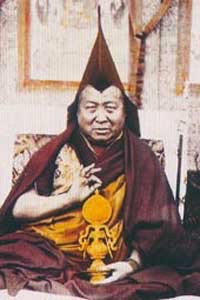
This course will use several versions of the Lam Rim with commentary by Master Pabongka Rinpoche (1878-1941) including The Principal Teachings of Buddhism, Preparing for Tantra and The Mountain of Blessings. Liberation in the Palm of Your Hand: A Concise Discourse on the Path to Enlightenment may also be used as reference, but is not required for course. Je Tsongkhapa provided many lam rims for his students of varying lengths and emphasis. You may also read his classic The Great Treatise on the Stages of the Path to Enlightenment for the original source. This course does not attempt to present the entire lam rim, but will provide an introduction for further study.
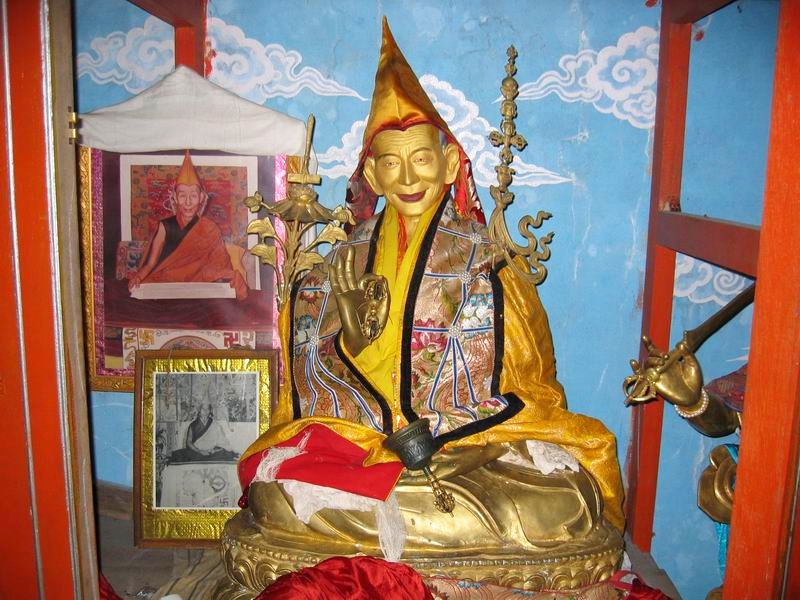
An attempt will be made to compare the teachings of our Buddha Master to this great work. So far the obvious differences are in the role of guru yoga, the meaning of the five vidyas, and the use of mahamudra. I am sure we will find many more, but there are also many teachings that are the same. I can see why the Buddha Master often spoke favorably about Pabongka Rinpoche as it sounds like they had similar styles of teaching: both make the Dharma very accessible and relevant to the everyday problems and issues that ordinary people have. They were both very charismatic and used humor and earthy language to explain the precious Dharma. The basic reference book for this course, Liberation in the Palm of Your Hand, was the result of 24 discourses given in Tibet in 1921 to around 700 monks, nuns, and laypeople. The almost 1,000 page text was edited by a major disciple of Pabongka who had attended the 1921 event, Trijang Rinpoche (1901-1981) and published in 1991. It is already considered a spiritual classic. It is full of delightful stories and examples, much like the many discourses of the Buddha Master. It has been translated into several languages and at least two translations are available online.
This article was originally posted on January 17, 2023.


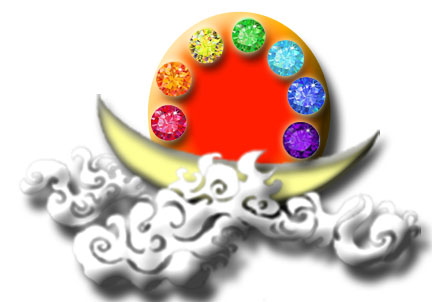
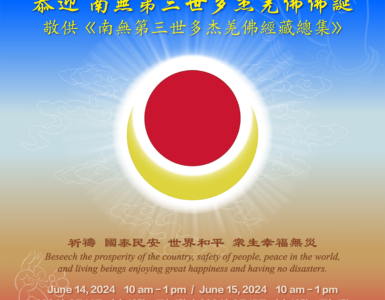

Add comment